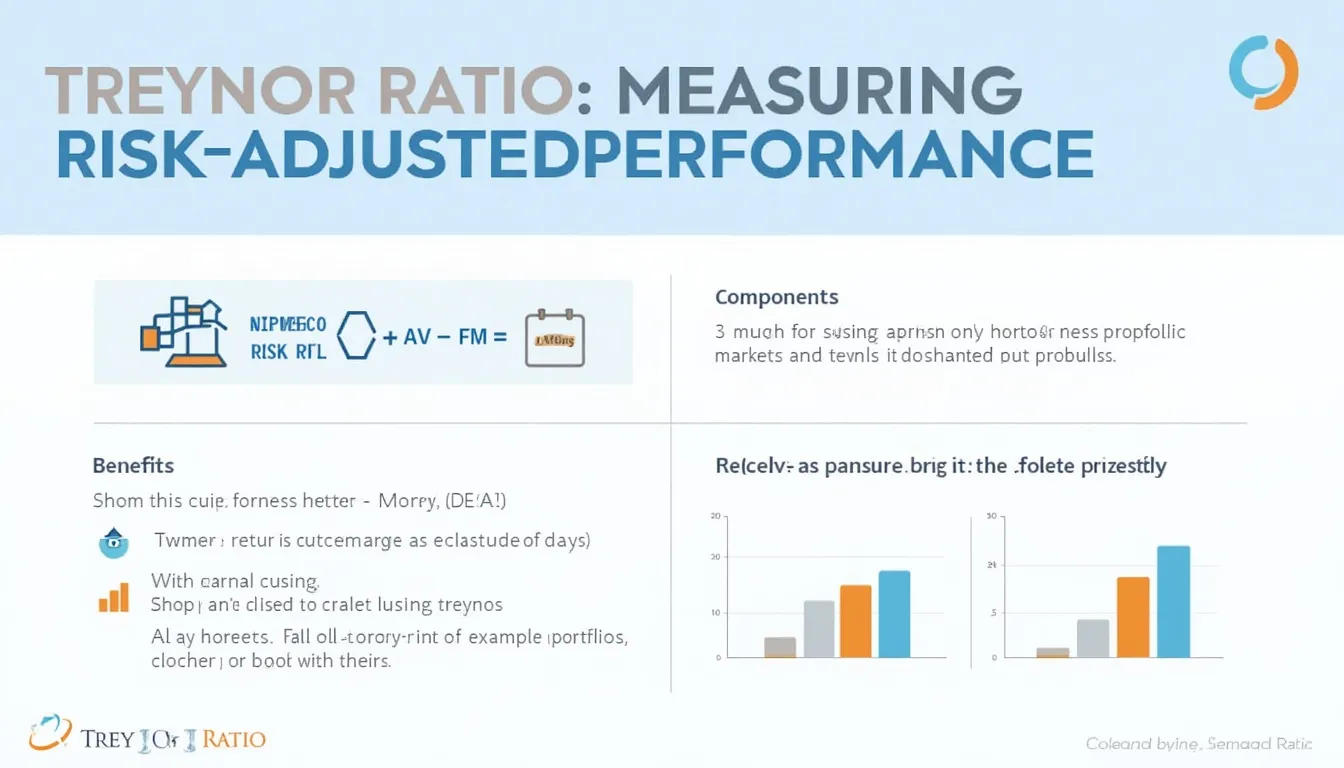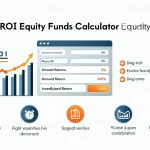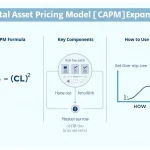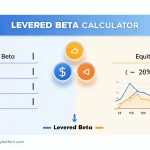Treynor Ratio Calculator
Is this tool helpful?
How to use the tool
- Total Return (%) – type the portfolio’s gross return.
Example A: 8.20 Example B: 12.60 - Risk-Free Rate (%) – insert a current Treasury bill yield.
Example A: 3.10 Example B: 4.00 - Beta – enter the portfolio’s market-risk coefficient.
Example A: 0.95 Example B: 1.40 - Press “Calculate” to see the Treynor Ratio.
Formula
$$ \text{Treynor Ratio}= rac{R_p-R_f}{β_p} $$ where R_p = portfolio return, R_f = risk-free rate, β_p = portfolio beta.
Worked examples
- Example A: (8.20 − 3.10) / 0.95 = 5.10 / 0.95 = 5.37 %
- Example B: (12.60 − 4.00) / 1.40 = 8.60 / 1.40 = 6.14 %
Quick-Facts
- Typical U.S. 3-month T-bill yield used for R_f: 5.4 % in Aug 2023 (FRED, https://fred.stlouisfed.org/series/TB3MS).
- S&P 500 beta equals 1 by construction (S&P Dow Jones Indices Methodology, 2022).
- Positive Treynor Ratios indicate compensation for market risk (Investopedia, https://www.investopedia.com/terms/t/treynorratio.asp).
- Values above 4 % are viewed as “strong” for diversified U.S. equity funds (Morningstar, 2023 Fund Screener).
FAQ
What is the Treynor Ratio?
The Treynor Ratio expresses a portfolio’s excess return per unit of systematic risk, isolating market exposure through beta (Investopedia, URL above).
How does this calculator work?
You enter return, risk-free rate, and beta; the script subtracts R_f from R_p and divides the result by beta, then displays the ratio in percent.
When should I use Treynor instead of Sharpe?
Choose Treynor when your portfolio is well diversified so unsystematic risk is minimal and beta captures the principal risk (CFA Institute, 2020 Curriculum).
What counts as a “good” Treynor Ratio?
U.S. equity funds averaged 4.7 % in 2022; anything above that signals above-average risk-adjusted performance (Morningstar Fund Research, 2023).
Where can I find the risk-free rate?
The 3-month U.S. Treasury bill yield, published daily by the Federal Reserve, is the standard proxy (FRED, URL above).
How do I estimate beta for my portfolio?
Regress your portfolio’s returns against a market index using 36-60 months of data; the slope is beta (Bodie et al., 2021 Investments textbook).
Can the ratio be negative?
Yes. Negative values mean the portfolio underperformed the risk-free rate after adjusting for market risk, indicating poor compensation (Investopedia, URL above).
Does the Treynor Ratio capture diversifiable risk?
No. It assumes you diversified away unsystematic risk; only systematic risk measured by beta remains (CFA Institute, 2020).
Important Disclaimer
The calculations, results, and content provided by our tools are not guaranteed to be accurate, complete, or reliable. Users are responsible for verifying and interpreting the results. Our content and tools may contain errors, biases, or inconsistencies. Do not enter personal data, sensitive information, or personally identifiable information in our web forms or tools. Such data entry violates our terms of service and may result in unauthorized disclosure to third parties. We reserve the right to save inputs and outputs from our tools for the purposes of error debugging, bias identification, and performance improvement. External companies providing AI models used in our tools may also save and process data in accordance with their own policies. By using our tools, you consent to this data collection and processing. We reserve the right to limit the usage of our tools based on current usability factors.







